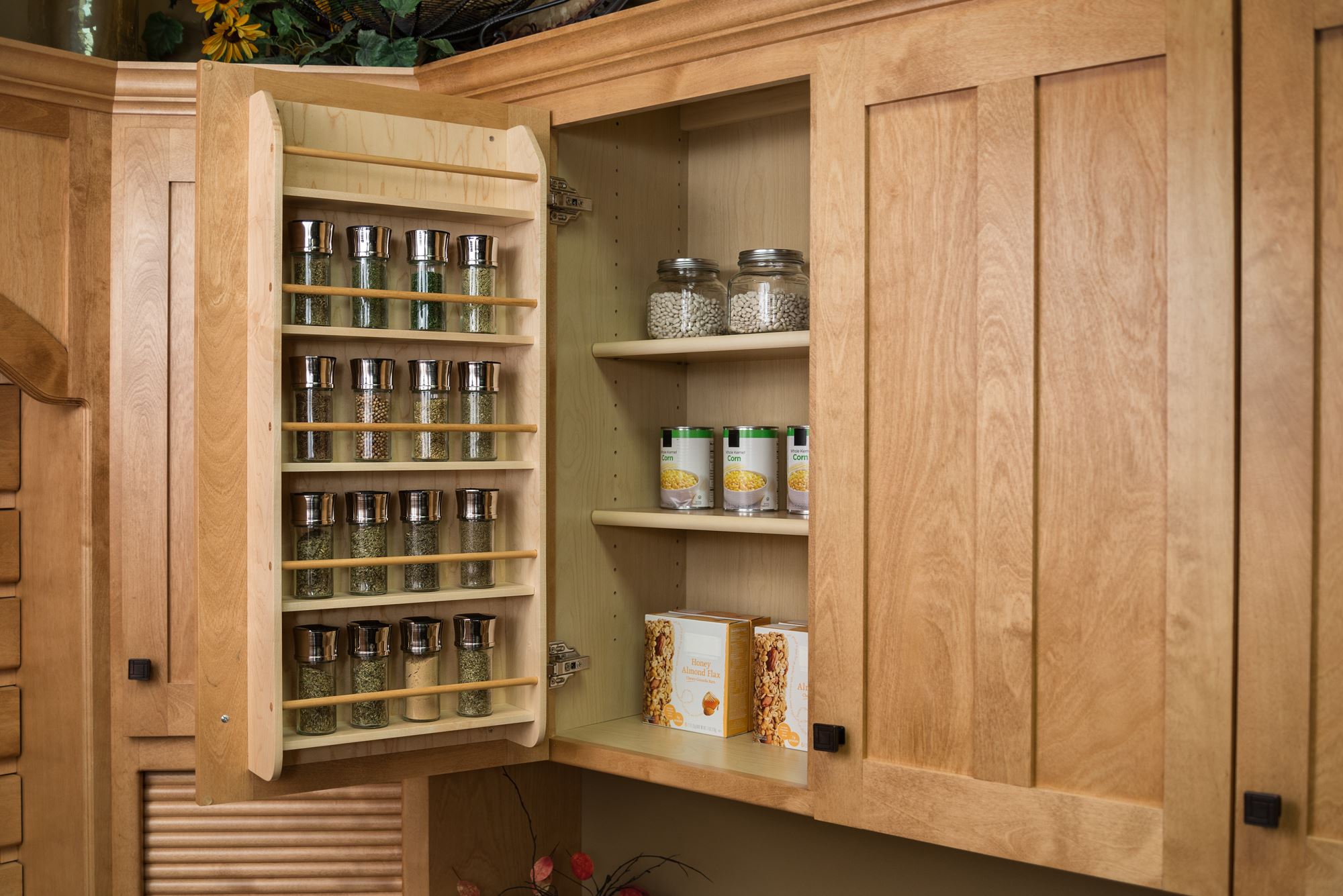Design Considerations for a 9-Spice Rack Base Cabinet: 9 Spice Rack Base Cabinet

This document details the design considerations for a space-efficient 9-spice rack base cabinet suitable for small kitchens, focusing on material selection, dimensions, parts list, assembly, and stylistic comparisons. The design prioritizes functionality and aesthetic appeal within limited space constraints.
Space-Efficient Design and Dimensions
A small kitchen necessitates a compact yet functional spice rack cabinet. Optimal dimensions for a 9-spice rack base cabinet, considering standard spice jar sizes (approximately 2.5 inches in diameter and 4 inches tall), would be approximately 12 inches wide, 15 inches deep, and 24 inches high. This allows for three rows of three spice jars, with adequate spacing for easy access. The depth ensures the cabinet doesn’t protrude excessively into the kitchen space. The use of reclaimed wood, detailed below, contributes to minimizing environmental impact.
Parts List and Assembly for a Reclaimed Wood Cabinet, 9 spice rack base cabinet
The following components are required for constructing a 9-spice rack base cabinet from reclaimed wood:
- Nine 2.75″ x 2.75″ x 4″ reclaimed wood blocks for spice jar holders (pre-drilled holes for spice jars)
- Three 12″ x 15″ reclaimed wood panels for the base, top and back
- Two 12″ x 12″ reclaimed wood side panels
- Wood glue
- Wood screws (1.5″ and 2″)
- Sandpaper (various grits)
- Wood stain or paint (optional)
- Clear sealant (optional)
Assembly involves gluing and screwing the side panels to the base and top panels, creating a rectangular box. The spice jar holders are then affixed to the interior of the cabinet, arranged in three rows of three. Pre-drilling holes is crucial to prevent the wood from splitting during screw insertion. Sanding ensures a smooth finish, while staining or painting provides aesthetic customization. A final sealant protects the wood from moisture and spills.
Comparative Analysis of Design Styles
Three distinct design styles are considered: modern minimalist, rustic farmhouse, and traditional. The table below summarizes their characteristics.
| Style | Material | Features | Pros/Cons |
|---|---|---|---|
| Modern Minimalist | Light-colored wood (e.g., birch, maple), possibly with a sleek metal frame | Clean lines, simple design, possibly integrated drawer for additional storage | Pros: Sleek, space-saving, easy to clean. Cons: Less character, potentially more expensive materials. |
| Rustic Farmhouse | Reclaimed wood with visible imperfections, possibly distressed finish | Distressed look, possibly open shelving, metal accents | Pros: Rustic charm, unique character, environmentally friendly. Cons: Can be more difficult to clean, less uniform appearance. |
| Traditional | Darker wood (e.g., cherry, mahogany), possibly with ornate detailing | Intricate detailing, possibly glass doors, multiple compartments | Pros: Classic elegance, durable materials. Cons: Can be bulky, less suitable for small kitchens. |
Functionality and Organization of a 9-Spice Rack Base Cabinet

A well-organized 9-spice rack base cabinet maximizes efficiency and minimizes frustration in the kitchen. Effective organization considers spice type, frequency of use, and the physical constraints of the cabinet itself. This section details strategies for optimal functionality and ease of access.
Step-by-Step Guide to Spice Organization
Organizing spices effectively involves a systematic approach. Begin by inventorying your existing spices, discarding outdated or unused items. Next, consider grouping spices based on culinary use (e.g., baking spices, Italian herbs). Finally, arrange spices within the rack based on frequency of use, placing frequently used spices in easily accessible locations. Labeling each jar clearly with both the name and date of purchase ensures freshness and easy identification. Consistent jar sizes and shapes facilitate efficient arrangement and a visually appealing result.
Advantages and Disadvantages of Spice Jar Sizes and Shapes
Uniform spice jar sizes are advantageous in a 9-rack system, creating a visually appealing and easily navigable layout. This uniformity simplifies cleaning and prevents jars from shifting or tipping. However, using only uniform sizes might not accommodate all spice quantities efficiently. Larger jars are ideal for frequently used spices, minimizing refills, while smaller jars are suitable for less frequently used spices, preventing waste from spoilage. The shape of the jar, particularly the lid, influences accessibility. Round jars may roll, whereas square or rectangular jars maintain their position better. Ultimately, the optimal size and shape represent a compromise between visual appeal, storage efficiency, and ease of use.
Challenges of Storing Various Spice Types and Suggested Solutions
Storing diverse spice types, including whole spices and ground spices, presents unique challenges in a limited-space cabinet. Ground spices, due to their larger surface area, are more susceptible to moisture and loss of aroma. Whole spices, while more stable, require more space.
- Challenge: Maintaining the freshness of ground spices. Solution: Store ground spices in airtight containers within the rack to minimize exposure to air and moisture. Consider using smaller containers for ground spices to reduce spoilage from extended storage.
- Challenge: Accommodating varying jar sizes for different spice quantities. Solution: Prioritize frequently used spices in larger containers and less frequently used spices in smaller ones. This approach maximizes space utilization while minimizing waste.
- Challenge: Preventing whole spices from crushing or breaking. Solution: Use robust containers with secure lids for whole spices. Consider storing larger whole spices (e.g., cinnamon sticks) separately from smaller ones to prevent damage.
- Challenge: Maintaining visual clarity and easy identification. Solution: Use clear jars or containers to easily view the contents. Employ clear, concise labels that are easily readable from a distance. Consider a consistent labeling system (e.g., font, color).
